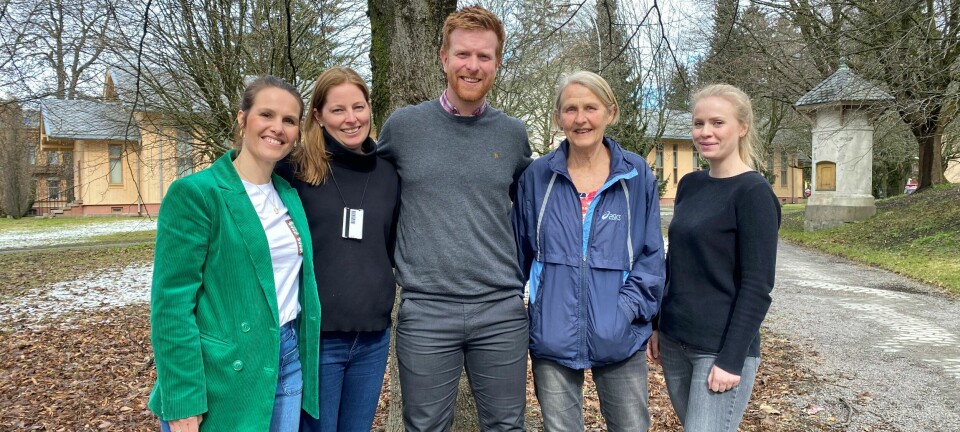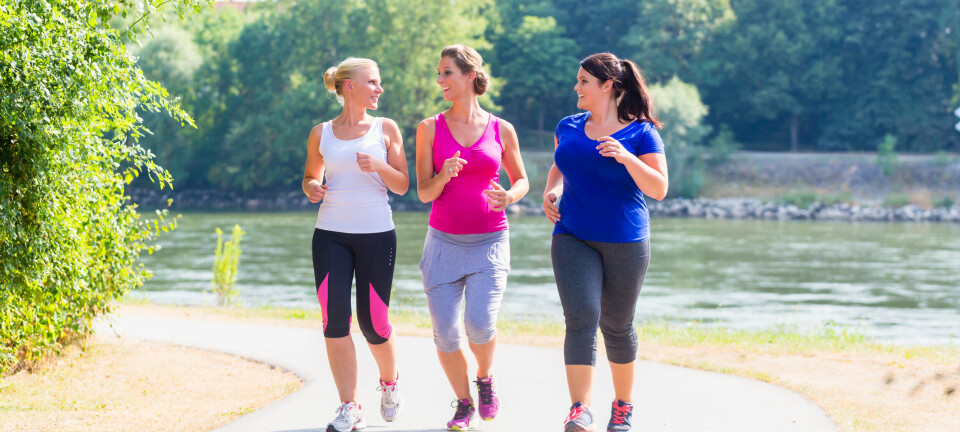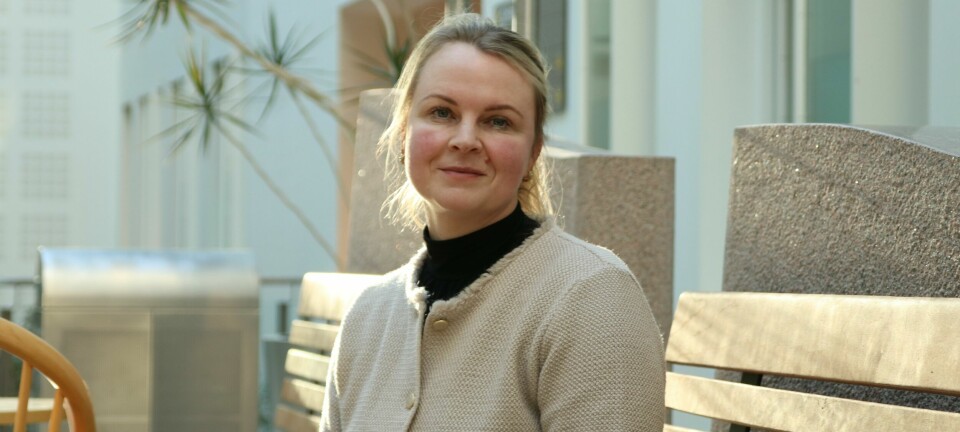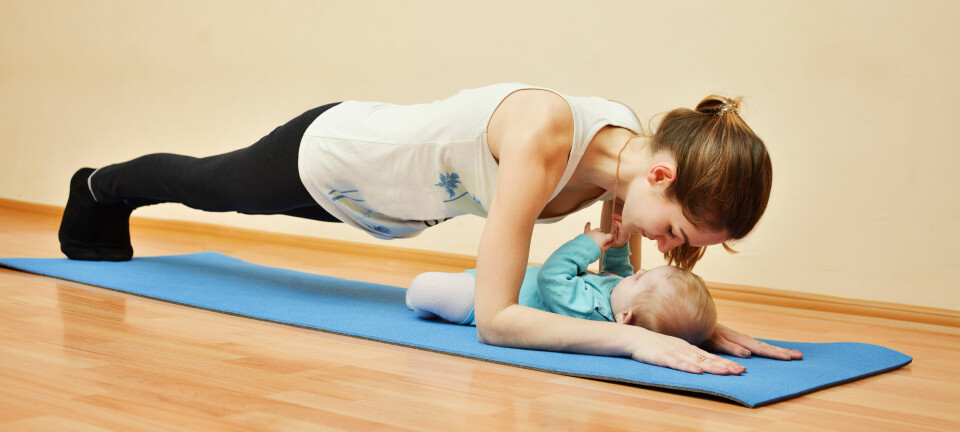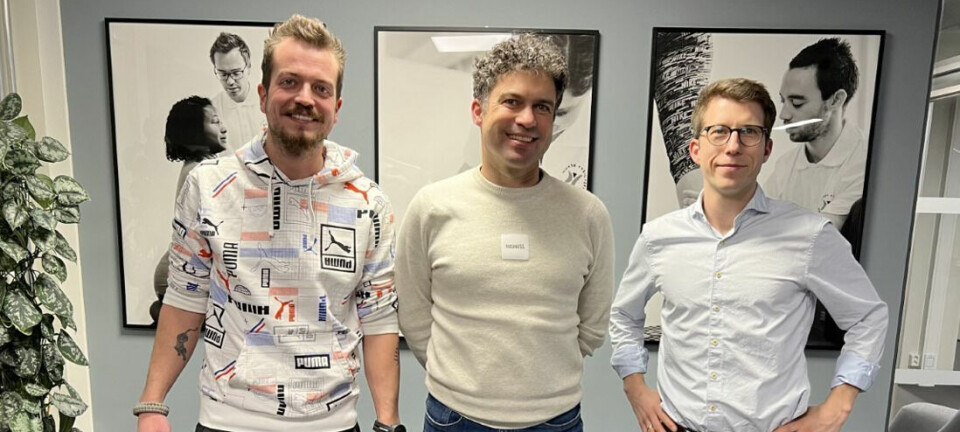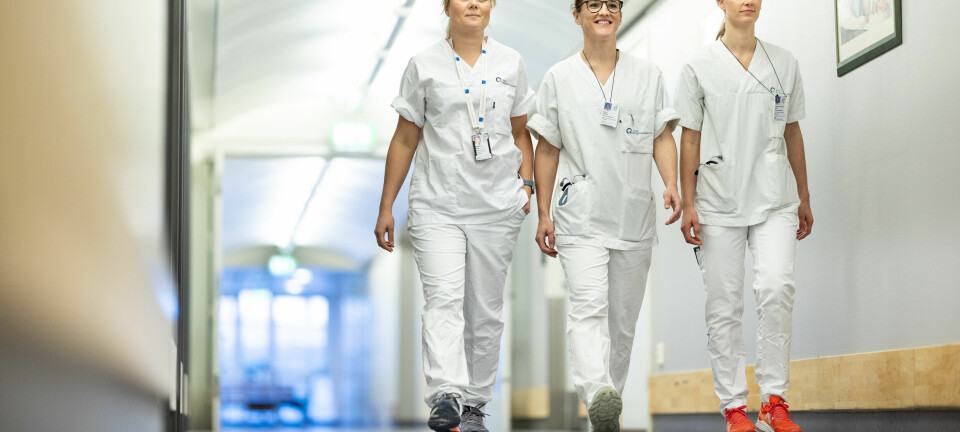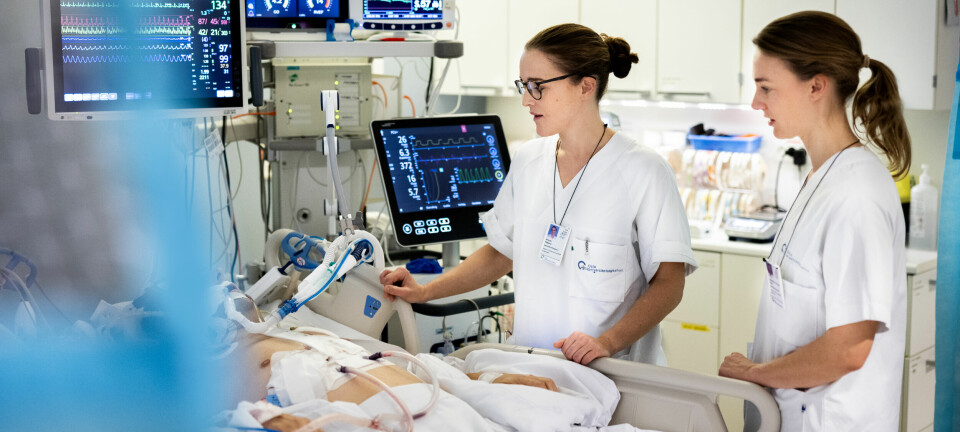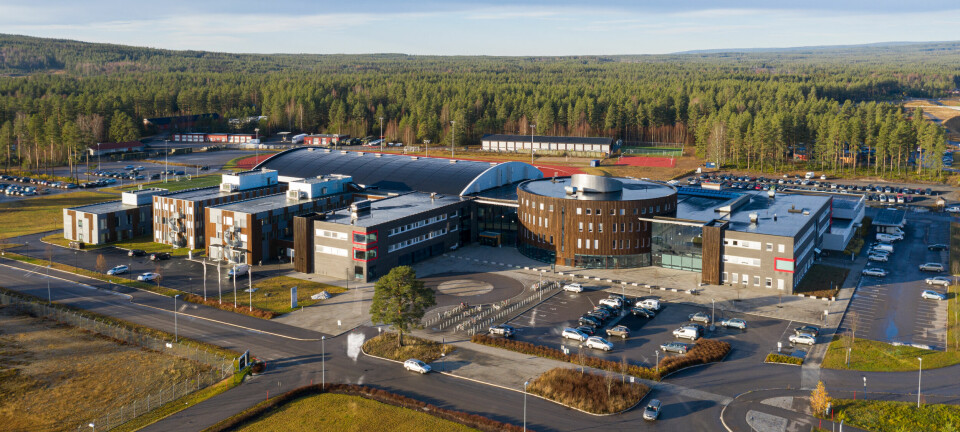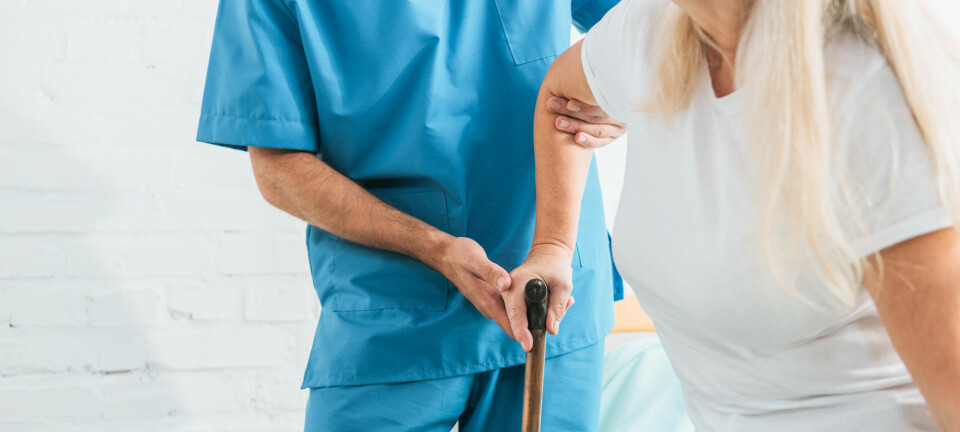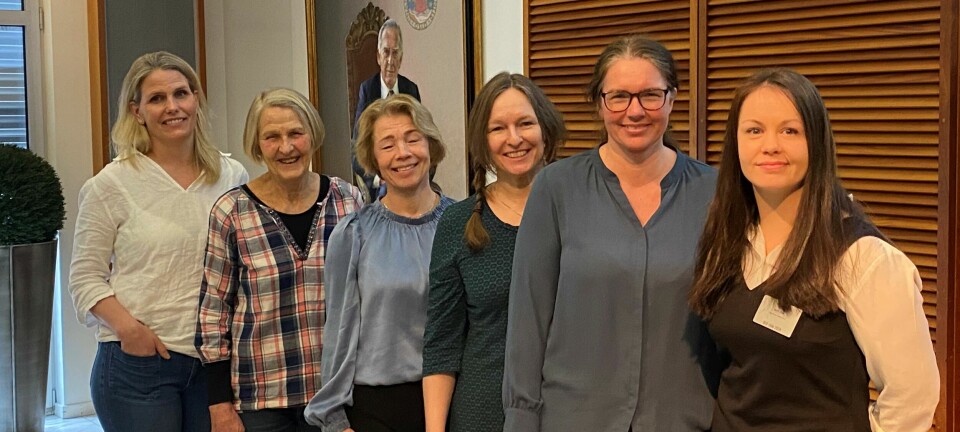Exercise training following lung transplant is now evidence-based practice
Blikk på forskning i Fysioterapeuten 5/2013
Blikk på forskning utarbeides i samarbeid med Journal of Physiotherapy (Australia), som trykker forskningspresentasjonene under betegnelsen Critically appraised Papers, CAPs.
Synopsis
Summary of: Langer D, et al (2012) Exercise training after lung transplantation improves participation in daily activity: a randomized controlled trial.Am J Transplant12: 1584–1592. [Synopsis prepared by Kylie Hill, CAP editor.]
Question: In patients immediately following lung transplant, does three months of supervised exercise training confer changes in physical activity during daily life, functional exercise capacity, muscle force, health-related quality of life (HRQL), or forced expiratory volume in one second (FEV1)?
Design: Randomised, controlled trial with concealed allocation in which investigators responsible for collecting the outcome measures were blinded to group allocation.
Setting: Out-patient department of a hospital in Leuven, Belgium.
Participants: Patients aged between 40 and 65 years who had an uncomplicated single or double lung transplant. Randomisation of 40 participants allocated 21 to the intervention group and 19 to the ontrol group.
Interventions: Participants in both groups received six individual counselling sessions of 15–30 minutes in duration, during which they were instructed to increase participation in daily physical activity. In addition, the intervention group attended supervised exercise training sessions three times a week for 3 months following discharge. Each training session was approximately 90 minutes and comprised cycle ergometry, walking, stair climbing, and leg press resistance exercises. Training was prescribed at moderate to high intensity and progressed according to symptoms.
Outcome measures: The primary outcome was time spent walking each day. Secondary outcomes included the six-minute walk distance (6MWD), peripheral muscle force, HRQL, and FEV1.
Results: Data were available on 18 and 16 patients in the intervention and control groups, respectively. On completion of the intervention, between-group differences in favour of the intervention group were demonstrated in the average time spent walking each day (difference in means 14 min, 95% CI 4 to 24), 6MWD (differences in means 9% predicted, 95% CI 3 to 15) and quadriceps force (difference in means 17% predicted, 95% CI 9 to 24), but not HRQL or FEV1. These between-group differences were maintained 12 months following discharge from hospital. At the 12 month assessment, between-group differences in favour of the intervention group were also demonstrated in two components of HRQL related to physical function.
Conclusion: In patients following lung transplant, exercise training conferred immediate and sustained gains in physical activity during daily life and exercise capacity. Gains in HRQL also appear to be evident, but took longer to be realized.
Commentary
Although functional capacity improves following lung transplantation, persistent limitations primarily attributed to skeletal muscle dysfunction have been observed (Mathur et al 2004). Several studies have examined the effects of exercise training following lung transplantation, including two randomised controlled trials targeting lumbar bone mineral density (Wickerson et al 2010). This study by Langer et al (2012) is the first randomised trial of exercise training on endurance capacity, quadriceps force, and physical activity. This research design allows the effects of the exercise training to be separated from spontaneous functional recovery. In interpreting the study findings, it is important to recognize that more than 70% of lung transplant recipients at this single centre were excluded. The study participants are not fully representative of the lung transplant population as they were between 40 and 65 years of age, experienced an uncomplicated post-operative course, and 85% had a pre-transplant diagnosis of COPD. Although this study was not powered to detect differences in cardiovascular morbidity, the finding of lower average 24 hour ambulatory blood pressure and lower incidence of treatment of diabetes in the intervention group one year after hospital discharge, and more hypertensive medication prescribed in the control group is clinically relevant. It extends the benefits of exercise training beyond functional measures to broader health outcomes and highlights a potential preventive role of exercise in a population that experiences significant long term morbidity. This study strengthens the existing evidence of the beneficial effects of exercise training post-lung transplantation. Physiotherapists should target peripheral muscle strength in the early post-transplant period. Further study could focus on the role of pre-transplant exercise, the effects of longer exercise training post-transplant, the needs of recipients with a complicated post-operative course, and exercise in recipients over 65 years. Home-based exercise training could be studied as large travel distances to specialised centres appear to be a barrier to rehabilitation post-transplantation.
Lisa Wickerson, Toronto General Hospital, Toronto, Canada
References
Mathur S et al (2004)Phys Ther84: 1178–1187.
Wickerson L et al (2010)J Heart Lung Transplant29: 497–503.
